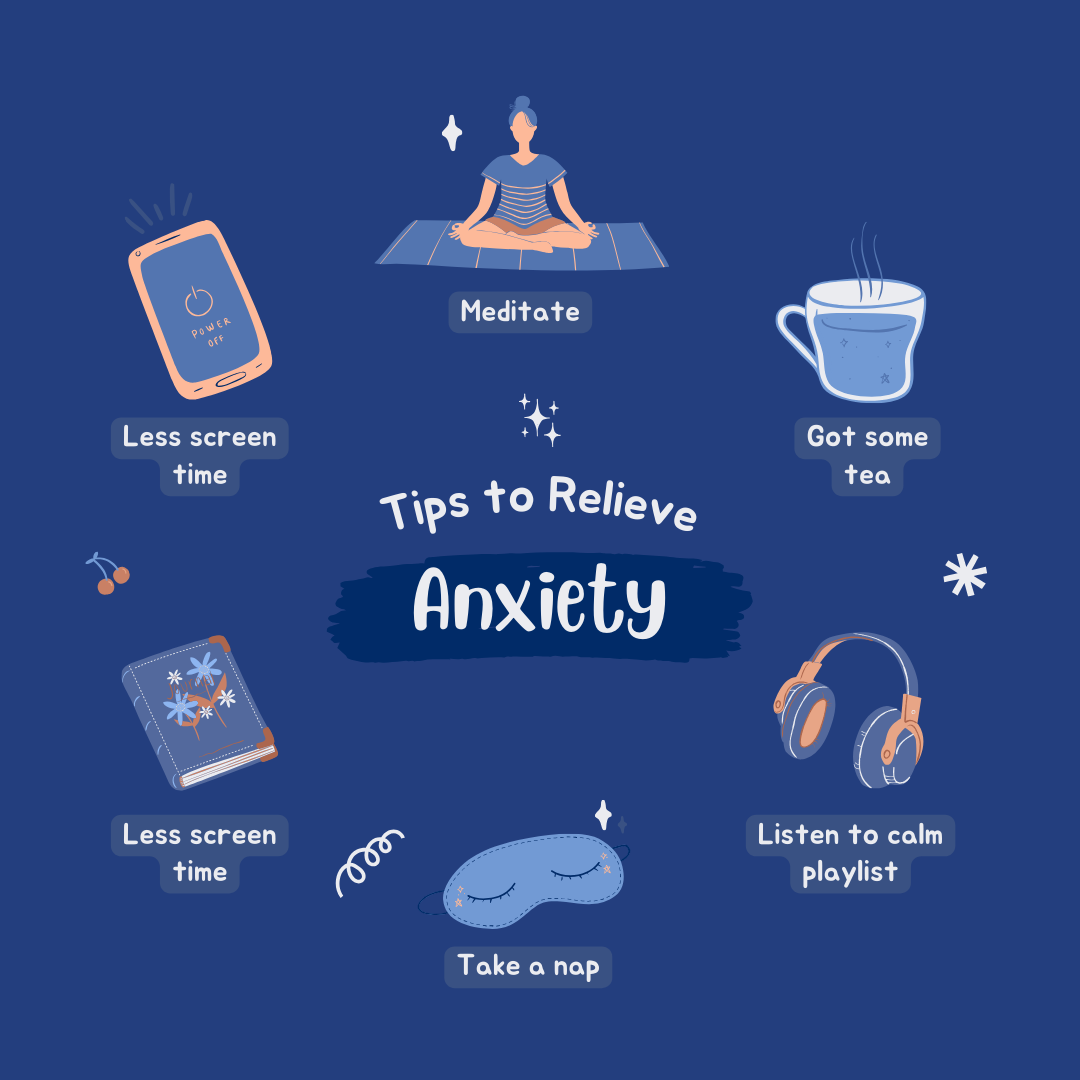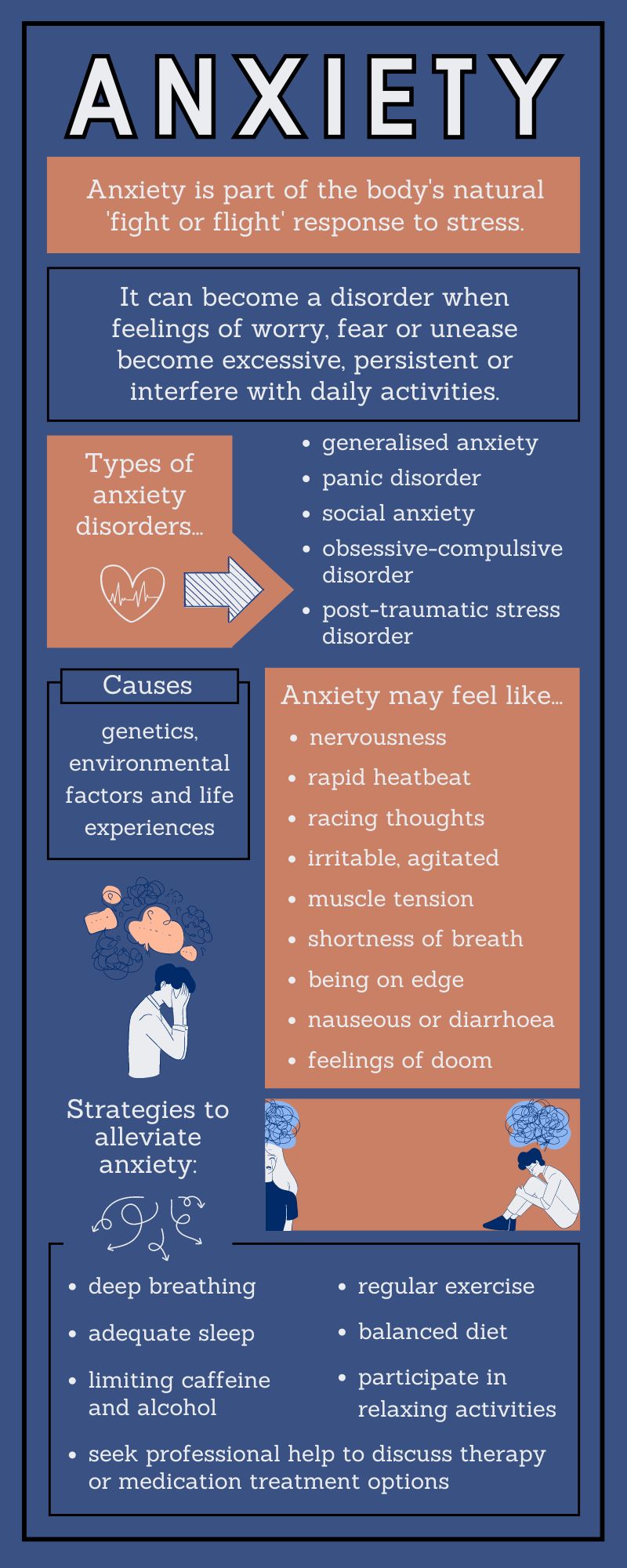Understanding Stress and Anxiety in Children and Teens
In today’s fast-paced world, stress and anxiety have become increasingly common, not just among adults but also among children and teens. The pressures of academic expectations, social dynamics, and the ever-present influence of technology can weigh heavily on young minds, leading to feelings of overwhelm and distress. As a psychologist specializing in mental health, it’s crucial to recognize the signs of stress and anxiety in young people and understand how to support them effectively.
The Growing Issue of Stress and Anxiety
Stress is a natural response to challenges or perceived threats, and in small doses, it can be motivating. However, when stress becomes chronic or overwhelming, it can lead to anxiety—a more persistent and intense form of distress that can interfere with daily functioning. For children and teens, the sources of stress can be varied and complex.
Academic pressure, social relationships, family dynamics, and even global events can all contribute to feelings of stress and anxiety. Teens, in particular, may struggle with the desire to fit in, fear of failure, and the need to navigate increasingly complex social and academic environments. When these stressors become too much to handle, anxiety can manifest in various ways, including physical symptoms, emotional outbursts, or withdrawal from activities they once enjoyed.

The Role of Social Media and Technology on a Teen’s Mental Health
One of the unique challenges that today’s youth are facing is the pervasive influence of social media and smartphones. Unlike previous generations, children and teens today are constantly connected to a digital world that can often heighten their feelings of stress and anxiety. While social media platforms may offer ways for them to connect with their peers, it can also be a source of stress due to the constant pressure of maintaining a certain image, the fear of missing out (FOMO), and especially exposure to cyberbullying. Having that constant stream of notifications, likes, and comments has the ability to create a sense of competition and comparison, which can lead to decreased self-esteem and increased anxiety. Additionally, the 24/7 nature of being on a smartphone means that teens are rarely able to disconnect from them, making it harder for them to be able to relax and unwind from their daily stresses.
Having this constant connectivity can also lead to sleep disturbances, as many teens find it difficult to put down their phones, even when it’s time for bed. The blue light that a phone screen emits can also interfere with their natural sleep cycles, which can further exacerbate any anxiety. As a result, today’s teens may be dealing with levels of stress and anxiety that are far greater than those that were experienced by previous generations. It’s crucial for parents and caregivers to be aware of these challenges so that they can guide teens toward healthier technology use and self-care practices.
Recognizing the Signs
Identifying stress and anxiety in children and teens can be challenging, as they may not always have the language or willingness to express what they’re feeling. However, there are some common signs to watch for:
- Changes in Behavior: A once outgoing child may become withdrawn, or a typically calm teen may become irritable and easily frustrated.
- Physical Complaints: Frequent headaches, stomachaches, or unexplained aches and pains can be a sign of underlying stress or anxiety.
- Sleep Disturbances: Difficulty falling asleep, frequent nightmares, or sleeping too much can indicate anxiety.
- Decline in Academic Performance: A sudden drop in grades or a lack of interest in schoolwork can be a red flag.
- Avoidance: Children and teens may start avoiding certain places, activities, or people that they associate with stress.
Supporting Young People in Stressful Times
As parents, caregivers, or educators, it’s essential to create a supportive environment where children and teens feel safe to express their feelings. Here are some ways to help them manage stress and anxiety:
- Open Communication: Encourage open dialogue by asking questions and actively listening to their concerns without judgment. Let them know that it’s okay to feel stressed or anxious and that you are there to support them.
- Healthy Routines: Help them establish healthy routines that include regular sleep, balanced nutrition, and physical activity. These can all play a significant role in managing stress levels.
- Mindfulness and Relaxation Techniques: Introduce mindfulness exercises, deep breathing, or yoga to help them develop coping skills for managing stress.
- Limit Screen Time: Excessive use of technology can contribute to anxiety. Encourage breaks from screens and engage in activities that promote relaxation and social interaction.
- Seek Professional Help: If stress and anxiety become overwhelming or start to interfere with daily life, it may be time to seek the help of a mental health professional. Therapy can provide children and teens with the tools they need to navigate their emotions and build resilience.
Get Help By a Qualified Children’s Mental Health Therapist
Stress and anxiety are significant challenges for children and teens today, but with the right support, they can learn to manage these feelings and thrive. By recognizing the signs and offering a safe, understanding environment, we can help them build the emotional strength they need to face life’s challenges with confidence.
If you’re concerned about your child or teen’s mental health, don’t hesitate to reach out for professional guidance. Together, we can help them develop the resilience they need to overcome stress and anxiety.
